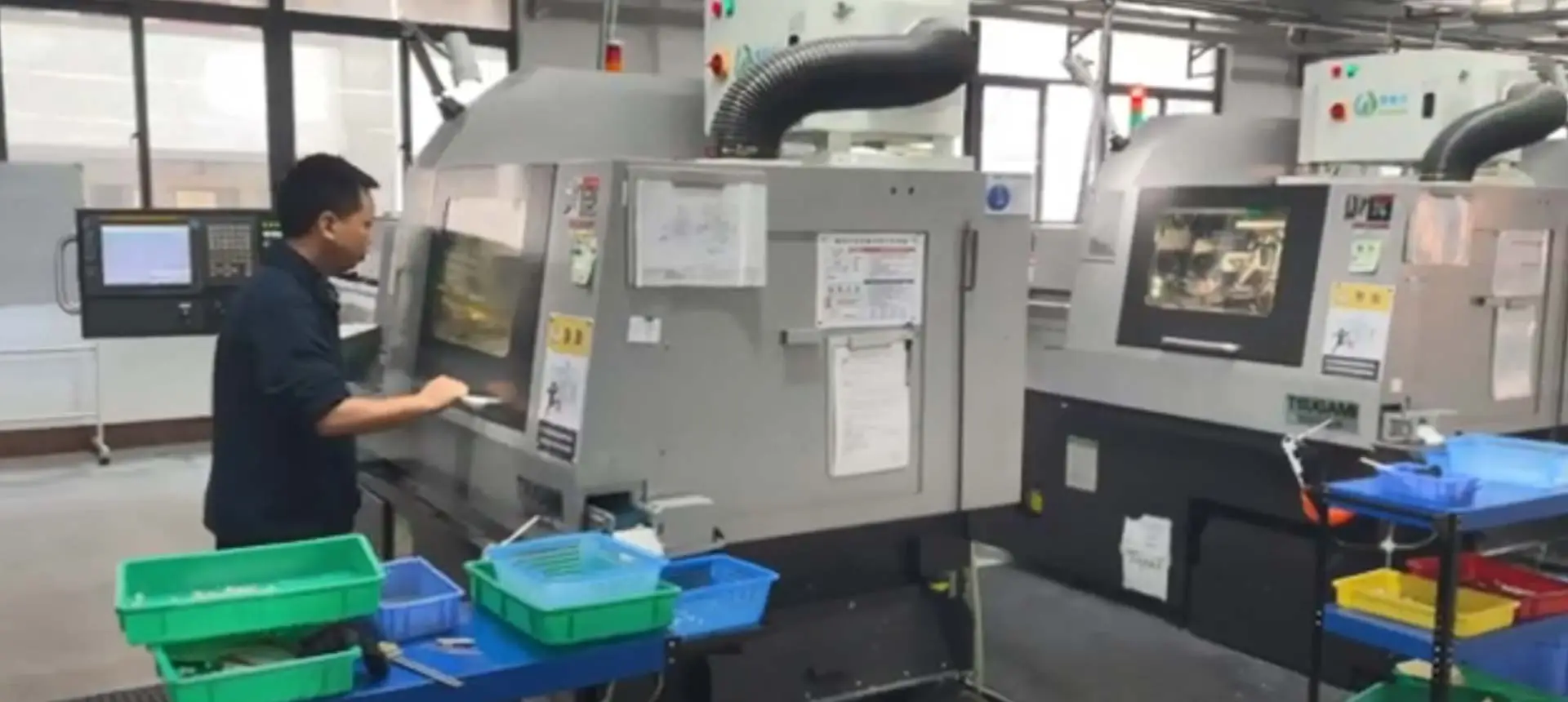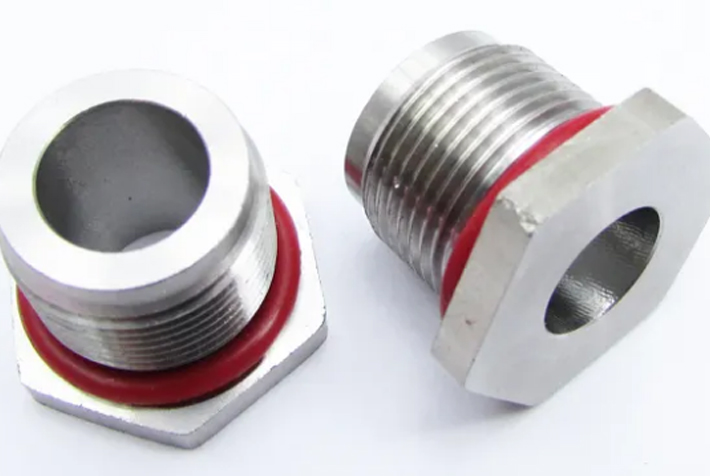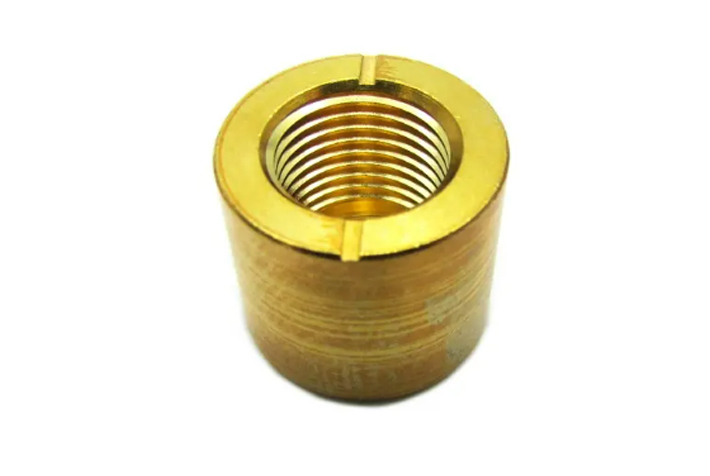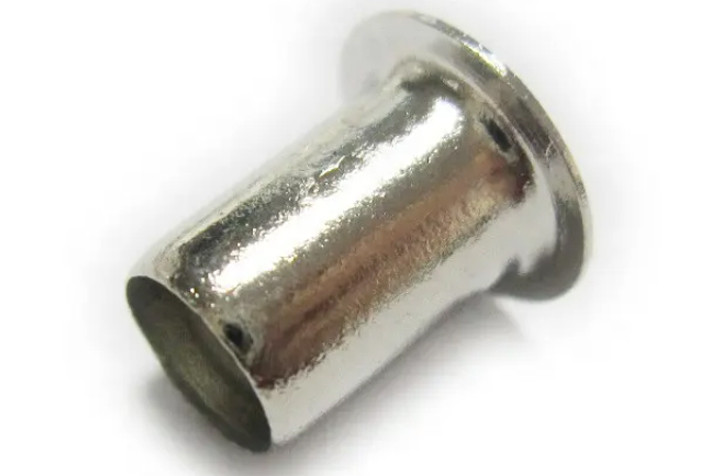
Kiểm tra nguyên liệu: quá trình kiểm soát chất lượng bắt đầu bằng việc kiểm tra nguyên liệu thô đến. Các vật liệu được sử dụng cho ống lót/ỐNg Lót phải đáp ứng các tiêu chuẩn và yêu cầu quy định. Phương pháp thử vật liệu có thể bao gồm phân tích thành phần hóa học, kiểm tra độ cứng và xác minh chiều.
Độ chính xác Kích thước: ỐNg Lót/Ống tay phải có kích thước chính xác để đảm bảo phù hợp và chức năng. Các biện pháp kiểm soát chất lượng bao gồm kiểm tra kích thước bằng cách sử dụng các công cụ và thiết bị được hiệu chuẩn, chẳng hạn như thước kẹp, micromet và đồng hồ đo, để xác Minh Đường kính bên trong và bên ngoài, chiều dài và độ dày thành.
Chất lượng bề mặt: lớp hoàn thiện bề mặt của ỐNg Lót/Ống lót là rất quan trọng để vận hành trơn tru và giảm ma sát. Kiểm tra chất lượng liên quan đến việc kiểm tra trực quan các bề mặt xem có các khuyết tật như gờ, vết trầy xước hoặc bất thường không. Đo Độ nhám bề mặt cũng có thể được thực hiện bằng các công cụ như profilometers.
Xác minh dung sai: ỐNg Lót/Ống lót có dung sai cụ thể xác định các biến thể có thể chấp nhận được về kích thước. Quy trình kiểm soát chất lượng liên quan đến việc kiểm tra các thành phần được sản xuất dựa trên các dung sai này để đảm bảo chúng nằm trong giới hạn quy định.
Tính chất cơ học: tùy thuộc vào yêu cầu ứng dụng, cần đánh giá một số tính chất cơ học của ống lót/ỐNg Lót, chẳng hạn như độ cứng, độ bền kéo và độ giãn dài. Các tính chất này có thể được đánh giá thông qua các phương pháp thử nghiệm được tiêu chuẩn hóa, bao gồm kiểm tra độ cứng (ví dụ: Rockwell hoặc brinell) và kiểm tra độ bền kéo.
Vật liệu | Sắt, thép không gỉ, đồng thau, đồng, thép mạ kẽm, Titan, nhôm, v. v. |
Xử lý bề mặt | Kẽm/Niken/thiếc/AG mạ/AU mạ, vv. |
Loại | Các bộ phận không đạt tiêu chuẩn độ chính xác cao (Dịch vụ OEM) |
Quá trình | Dập/đục lỗ/ép, gia công/Tiện/phay CNC, vẽ sâu và quy trình khác. |
Chứng chỉ | Iatf16949 2016; i so9001 2015; ISO14001:2015;RoHS & REACH, v. v. |
Cách sử dụng | Bộ điều nhiệt ô tô/ô tô, công tắc, hệ thống sưởi điện, hàng không vũ trụ, năng lượng mới, v. v. |
ỐNg Lót, còn được gọi là ống lót, là các thành phần hình trụ được sử dụng trong các ứng dụng khác nhau để hỗ trợ, giảm ma sát và hấp thụ chấn động hoặc rung động. Các tính năng sản phẩm cụ thể của ỐNg Lót/Ống tay áo có thể khác nhau tùy thuộc vào mục đích sử dụng và vật liệu chúng được làm từ.
Chống mài mòn:ỐNg Lót/Ống lót có thể có các tính năng cụ thể để tăng cường khả năng chống mài mòn, đặc biệt là trong các ứng dụng tải trọng cao hoặc tốc độ cao. Những tính năng này có thể bao gồm lớp phủ bề mặt đặc biệt, xử lý nhiệt hoặc sử dụng vật liệu có đặc tính chống mài mòn vốn có.
Giảm chấn và hấp thụ sốc:Một số ỐNg Lót/Ống lót được thiết kế để hấp thụ chấn động hoặc rung động, giảm việc truyền lực tác động. Chúng có thể có các đặc tính như độ đàn hồi cao, tính linh hoạt hoặc khả năng biến dạng dưới tải, mang lại các đặc tính giảm xóc.
Chống ăn mòn:Tùy thuộc vào ứng dụng và môi trường vận hành, ỐNg Lót/Ống lót có thể yêu cầu đặc tính chống ăn mòn. Điều này đặc biệt quan trọng khi tiếp xúc với độ ẩm, hóa chất hoặc nhiệt độ khắc nghiệt. Lựa chọn vật liệu thích hợp hoặc sử dụng lớp phủ bảo vệ có thể tăng cường khả năng chống ăn mòn của ống lót.
Các tính năng dành riêng cho ứng dụng:Một số ỐNg Lót/Ống lót có thể có các tính năng bổ sung dành riêng cho một số ứng dụng nhất định. Ví dụ, ỐNg Lót mặt bích có mặt bích tích hợp giúp tăng độ ổn định hoặc điểm lắp.
Khi chọn ỐNg Lót/Ống lót, Hãy xem xét các yêu cầu cụ thể trong ứng dụng của bạn, chẳng hạn như khả năng chịu tải, tốc độ, điều kiện vận hành và các yếu tố môi trường. Hiểu các tính năng của sản phẩm và sự phù hợp của chúng với mục đích sử dụng của bạn sẽ giúp đảm bảo hiệu suất và tuổi thọ tối ưu.
ỐNg Lót là các thành phần hình trụ đơn giản được thiết kế để giảm ma sát giữa trục và các cấu trúc bên ngoài, cung cấp hỗ trợ và hướng dẫn. Thường thấy trong đồ nội thất, hệ thống treo ô tô, v. v., chúng được thiết kế đơn giản và có thể chắc chắn hoặc có các rãnh bôi trơn tích hợp để giảm ma sát và tăng cường độ bền.

Mặt khác, Vòng bi là các bộ phận cơ học phức tạp hơn với các bộ phận lăn như bóng hoặc con lăn. Chúng làm giảm ma sát, mang lại khả năng chịu tải lớn hơn và hỗ trợ độ chính xác cao. Được sử dụng rộng rãi trong động cơ, động cơ, trục bánh xe, vv, vòng bi có nhiều thiết kế khác nhau để đáp ứng nhu cầu của các ứng dụng tốc độ cao và tải trọng cao. Là một nhà cung cấp sản xuất phần cứng, hhc chuyên cung cấp ống lót và vòng bi chất lượng cao để đáp ứng nhu cầu thiết kế và ứng dụng đa dạng trong các ngành công nghiệp khác nhau, góp phần phát triển trong các lĩnh vực khác nhau.
ỐNg Lót là một thành phần quan trọng làm giảm ma sát giữa trục và các cấu trúc bên ngoài, và hiệu suất của nó được xác định bởi các vật liệu được chọn. Dưới đây là hướng dẫn về các loại vật liệu ống lót và các kỹ thuật xử lý phù hợp cho từng loại:

Đồng thau:
Đặc điểm: exhĐộ dẫn nhiệt tốt và chống ăn mòn.
Kỹ thuật gia công: Đồng thau thường được xử lý bằng các kỹ thuật cơ học như quay, phay và khoan để đạt được hình dạng và kích thước mong muốn.
Đồng:
Đặc điểm: sở hữu độ cứng cao hơn và chống mài mòn.
Kỹ thuật chế biến: đồng thường được xử lý thông qua đúc chính xác, ép đùn lạnh hoặc các kỹ thuật khác để sản xuất ỐNg Lót hình phức tạp.
Polyme:
Đặc điểm: được biết đến với khả năng tự bôi trơn và chống ăn mòn.
Kỹ thuật gia công: ỐNg Lót Polymer thường được sản xuất bằng khuôn phun, trong đó Polymer nóng chảy được bơm vào khuôn để tạo thành các hình dạng mong muốn.

Lớp phủ kim loại:
Đặc điểm: Cung cấp khả năng chống mài mòn và sức mạnh vượt trội.
Kỹ thuật gia công: ỐNg Lót thép thường được phủ bằng các quy trình như mạ kẽm nhúng nóng hoặc mạ điện để đạt được lớp phủ kim loại bảo vệ trên bề mặt.


